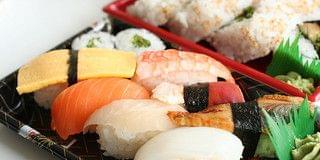Circa 2021 😀
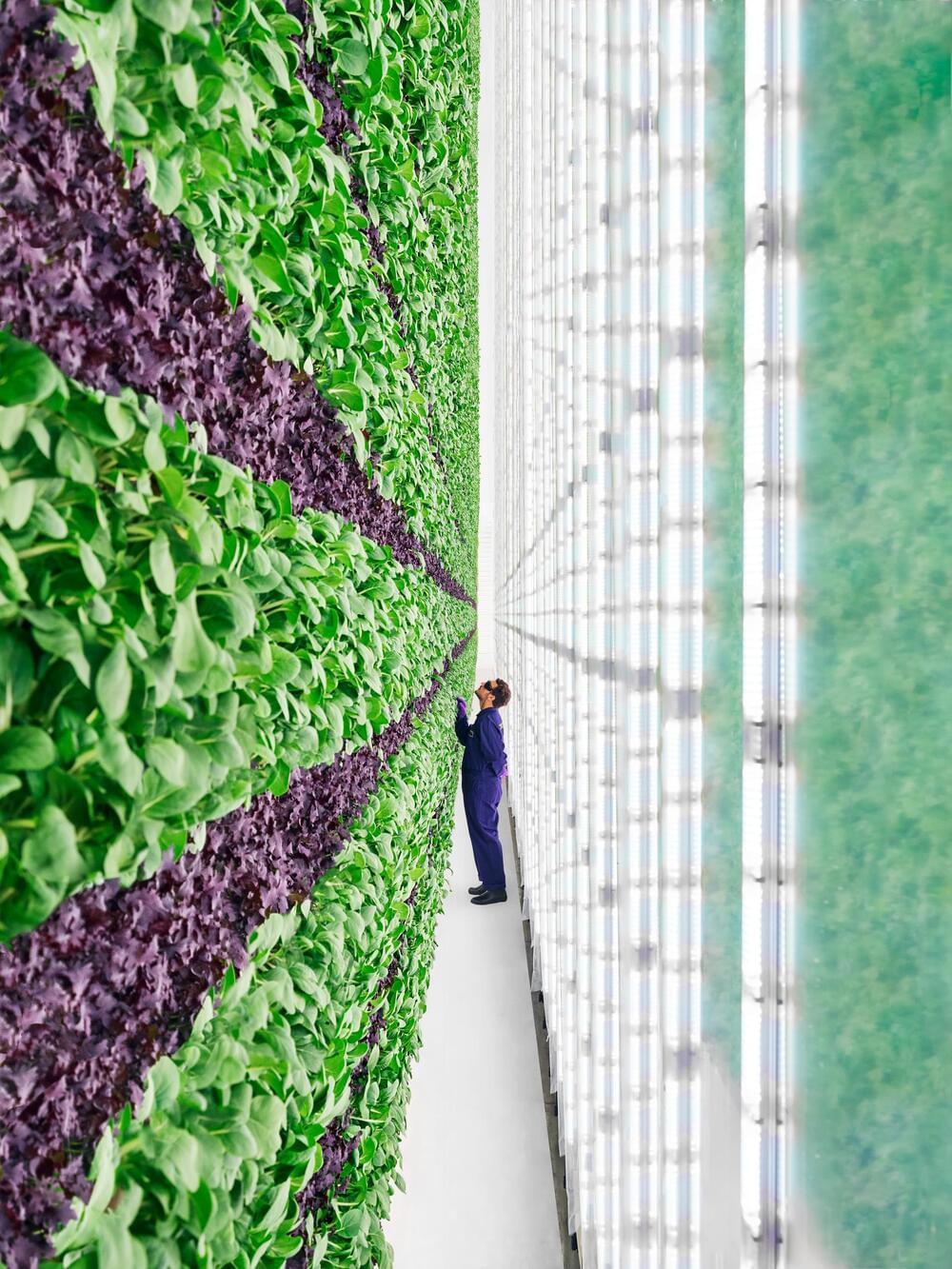

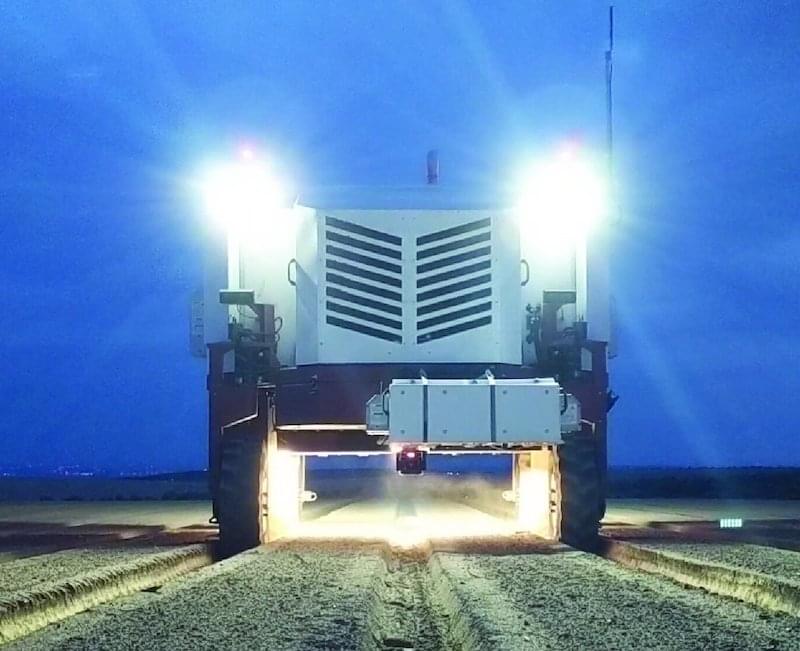
Carbon Robotics, an agricultural robotics company, today unveiled its 2022 LaserWeeder implement, an autonomous, laserweeding pull-behind robot that seamlessly attaches to the back of tractors.
The new LaserWeeder is a precise, organic, and cost-effective weed control solution for large-scale specialty row crops.
In addition to an updated build, the 2022 LaserWeeder features 30 industrial CO2 lasers, more than 3X the lasers in Carbon Robotics’ self-driving Autonomous LaserWeeder, creating an average weeding capacity of two acres per hour.
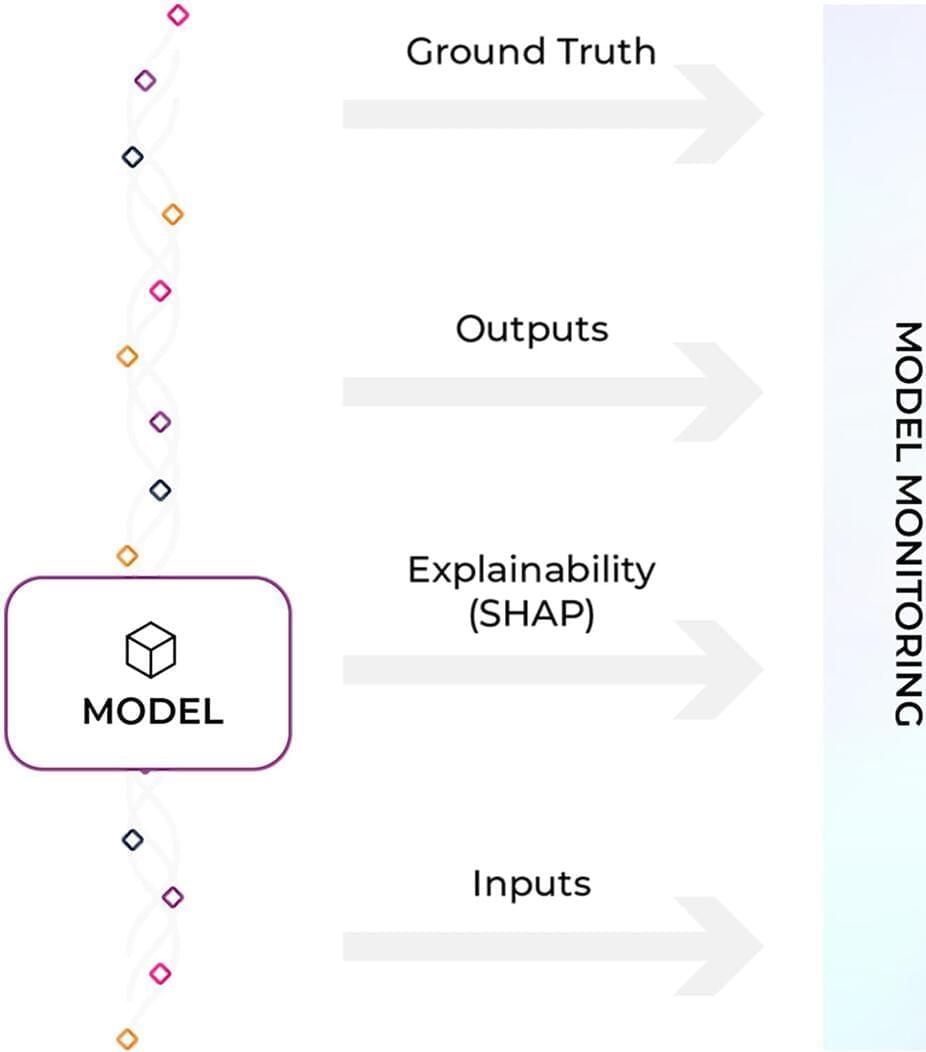
The AI revolution is here. Machine learning (ML) and artificial intelligence are used in virtually every industry today to revolutionize everything from reducing food waste to achieving better health outcomes. In all, IDC forecasts that global enterprise spending on AI will eclipse $204 billion by 2025.
Unfortunately, investments in needed infrastructure may not be keeping pace. Many enterprises are shipping AI blind or relying on outdated model monitoring approaches to catch issues with models in production.
In order to understand the scope of the problem and provide insights on potential solutions, Arize AI recently conducted a survey of 945 data scientists, engineers, executives, and others in the industry. The results speak to a distinct need for better tools to quickly visualize where and why problems are emerging and enable faster root cause analysis when models fail.
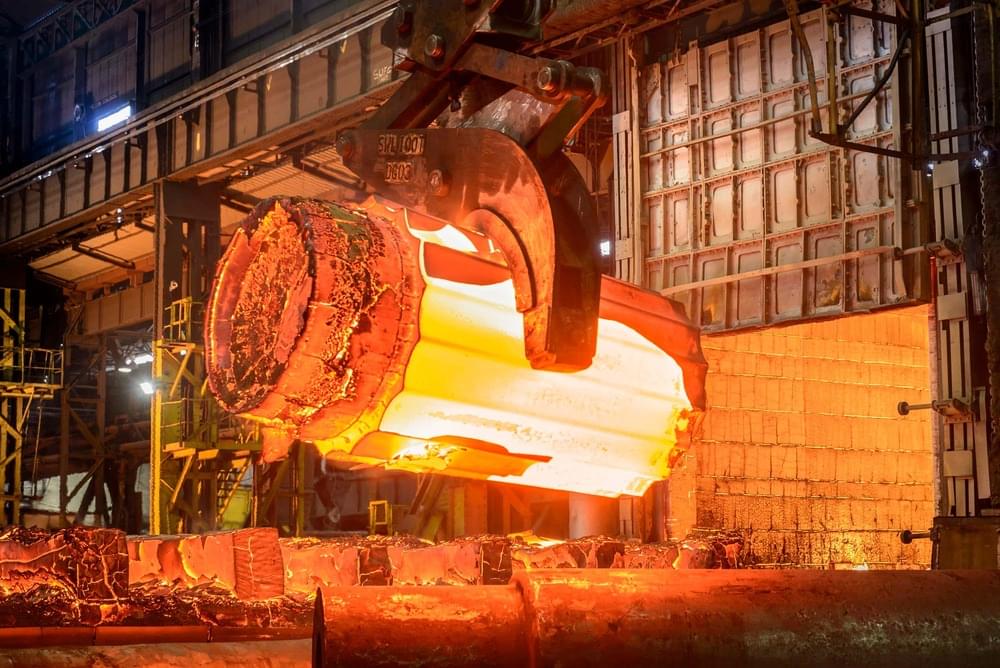
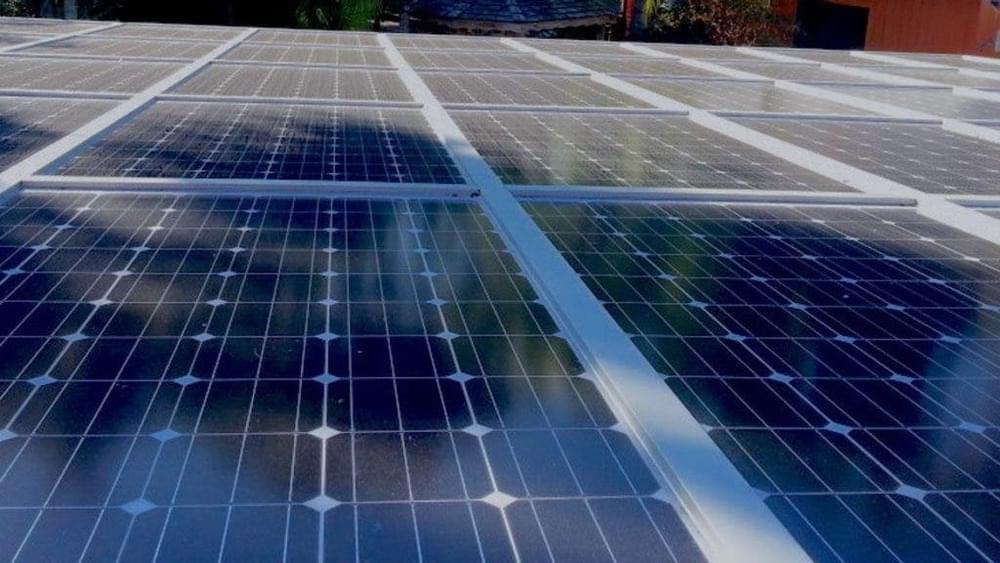
By Helen O’Shea
On a windy, bright day in Lemoore, California another 250 megawatts of clean power was added to California’s energy mix with the dedication of the Aquamarine Solar Project. There are many new solar projects coming online across the country these days, but the Aquamarine project is notable for its innovative development model — it’s part of a 20,000-acre master-planned solar park on fallowed and salt-contaminated agricultural lands in the Westlands Water District in California’s Central Valley.
Disturbed lands farmed for years with no residual habitat value are the perfect place to locate utility-scale solar projects. In 2016 these lands, among many others, were identified as suitable for development by a diverse group of stakeholders through the San Joaquin Valley Least Conflict Solar Planning exercise.
Rhiannon Ashīmkainé Zos Sol’Rhā
Fucking insulting to offer just 5k. I’m joining the kid on trolling musk.
1 Reply.
Chris BartlettThe 19 year old sounded like a jerk tbh. Musk was being seriously nice about it and the kid demanded more, very rude. Basically blackmailing Musk over his personal safety.
View 20 more comments.

Here’s an interesting thought experiment. Pretend that you took all words at their literal interpretation, all of the time, wherever you went, and acted upon those words strictly and accordingly. For example, suppose you are driving in your car and perchance see a billboard that is touting the message that you should eat at Joe’s Pizzeria, accessible at the next exit up ahead. The normal course of events would be that you would consult your stomach to ascertain whether you are hungry. Furthermore, if you were hungry, the next question is whether you want pizza. Upon deciding that maybe you do want pizza, the next aspect would be whether you want to take the upcoming exit and eat at Joe’s Pizzeria since you might have in mind some other pizza eatery instead. But, none of those sensible and reasonable ideas rattle around in your noggin. We have agreed that you are going to take everything in a meticulously literal way. By gosh, the billboard instructed you to go eat at Joe’s Pizzeria, so that’s what you are going to do. Come heck or high water, you will take the next exit and you will drive straight to that pizzeria and you will order yourself a juicy hot pizza. This might work out okay and you’ll be happy that you obediently abided by the wording of the billboard. Perhaps though this side trip has made you late for work. Your boss won’t especially appreciate that you opted to be tardy because you just had to get a slice of pizza. Ouch, your boss fires you the moment you proffer such a lame excuse.
Full Story:
Existing AI and Machine Learning is stuck at doing literal interpretation and lacks any common-sense, which bodes for great concerns and especially when it comes to the advent of self-driving cars.

Meta Architectuurbureau and Van Bergen Kolpa Architecten have designed Agrotopia, a greenhouse in Belgium that was added to the roof of an agricultural market to create an urban food production centre.
Located in the city of Roeselare, Agrotopia is Europe’s largest public building for urban food production and will be used to both farm food and educate the public about agriculture.
The 9,500-square-metre greenhouse was built on top of the REO Veiling agricultural auction market. It was commissioned by REO Veiling together with Flemish farming and horticulture research institute Inagro.
NASA wants to plunge the International Space Station (ISS) into the ocean in 2030. How can we save it?
You can support Galactic Gregs by supporting the sister channel Green Gregs by clicking the links below:
See the Special Deals at My Patriot Supply: www.PrepWithGreg.com.
Awesome deals for long term food supplies!
For gardening in your Lunar habitat Galactic Gregs has teamed up with True Leaf Market to bring you a great selection of seed for your planting. Check it out: http://www.pntrac.com/t/TUJGRklGSkJGTU1IS0hCRkpIRk1K
